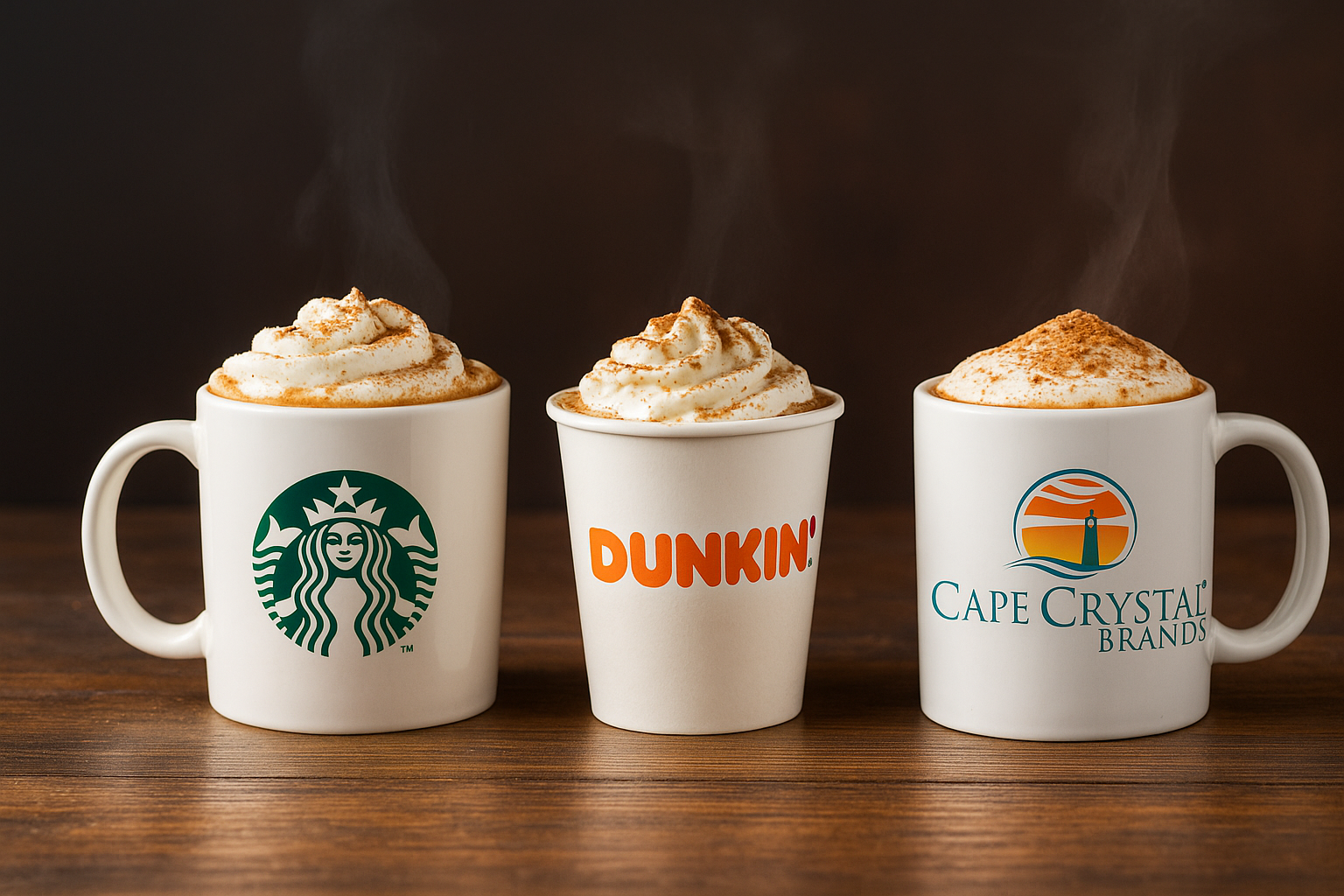Trending searches
Trending searches

Hydrocolloid: Fenugreek Gum
SUBSCRIBE TO OUR BLOG
Promotions, new products, and recipes.
Fenugreek Gum: The Ancient Seed Polysaccharide with Modern Applications
Fenugreek Gum, derived from the seeds of the fenugreek plant (Trigonella foenum-graecum), has been a part of traditional diets and medicinal practices for centuries. But what makes this hydrocolloid special, and how is it being harnessed in today's industries?
Historical Context
Fenugreek, native to the Mediterranean region, has been cultivated and consumed since ancient times. Its seeds, rich in natural gum, have been used both as a culinary ingredient and for their therapeutic properties.
The Molecular Science of Fenugreek Gum
Fenugreek Gum is a galactomannan polysaccharide, consisting of mannose and galactose units. Its high viscosity and solubility in water make it an effective thickening and stabilizing agent.
Production and Refinement
The gum is extracted from fenugreek seeds through a series of mechanical and aqueous processes. The resulting product is then dried and milled to produce a fine powder.
A Multifaceted Ingredient
Fenugreek Gum's applications span across industries:
- Food Industry: Used as a thickener, emulsifier, and stabilizer in products like sauces, dressings, and dairy products.
-
Pharmaceuticals: Recognized for its potential in controlling blood sugar levels and cholesterol.
-
Cosmetics: Incorporated for its moisturizing and skin-soothing properties.
Fenugreek Gum in Culinary Creations - Proportions
Fenugreek Gum's culinary proportions are influenced by its thickening capabilities:
-
Sauces and Dressings:
- Proportion: 0.2% to 0.7% of the total weight.
- Purpose: Provides stability and a rich texture.
-
Dairy Products:
- Proportion: 0.1% to 0.5% of the total weight.
- Purpose: Enhances mouthfeel and consistency.
Conclusion
Fenugreek Gum, with its rich history and multifunctional properties, continues to be a valuable ingredient in modern industries. Its role in health and wellness, coupled with its culinary applications, highlights its versatility and enduring appeal.
For further reading: Chitosan
References:
- Basch, E., et al. "Therapeutic applications of fenugreek." Alternative Medicine Review, 2003.
- Sowmya, P., & Rajyalakshmi, P. "Hypocholesterolemic effect of germinated fenugreek seeds in human subjects." Plant Foods for Human Nutrition, 1999.


|
About the Author Ed is the founder of Cape Crystal Brands, editor of the Beginner’s Guide to Hydrocolloids, and a passionate advocate for making food science accessible to all. Discover premium ingredients, expert resources, and free formulation tools at capecrystalbrands.com/tools. — Ed |
Related Posts

Can Saffron Improve Mood and Libido? A Natural Approach to Wellness

The Most Powerful Food Science Questions Journalists Are Asking Today

Inside the Pumpkin Latte: What’s Really in Your Cup (and a Better Homemade Version)
Enjoyed this post? Subscribe to The Crystal Scoop
Food-science tips, ingredient know-how, and recipes. No spam—unsubscribe anytime.
- Choosing a selection results in a full page refresh.
POLICY PAGES
QUICK LINKS
Guar Gum
Cape Crystal Brands, 18 Bank St., Suite 1, Summit NJ 07901.
- Phone: +1 908-273-5600
- Email: info@capecrystalbrands.com
- Tax ID: 26-2477626000
- FDA Facility Registration # 16980627550
- Kosher Certified: OKosher.org
Country/region
© 2025, Cape Crystal Brands | Sitemap
